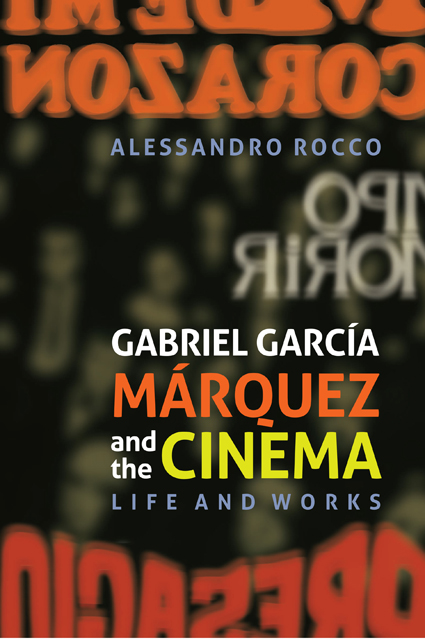Book contents
- Frontmatter
- Dedication
- Contents
- List of Illustrations
- Acknowledgements
- Preface
- 1 The Cinema in the Life of García Márquez
- 2 Tiempo de morir
- 3 Films from the 1970s: The Ghosts of Realism
- 4 Screenplay and Revolution: ¡Viva Sandino!
- 5 Magic Realism in the Cinema
- 6 Six Episodes for Cinema and Television: Amores difíciles
- 7 Con el amor no se juega
- 8 The Fantastic on Television: Me alquilo para soñar
- 9 History and Tragedy: Edipo Alcalde
- Afterword: Works by García Márquez Adapted for the Cinema
- Bibliography
- Index
8 - The Fantastic on Television: Me alquilo para soñar
Published online by Cambridge University Press: 24 February 2023
- Frontmatter
- Dedication
- Contents
- List of Illustrations
- Acknowledgements
- Preface
- 1 The Cinema in the Life of García Márquez
- 2 Tiempo de morir
- 3 Films from the 1970s: The Ghosts of Realism
- 4 Screenplay and Revolution: ¡Viva Sandino!
- 5 Magic Realism in the Cinema
- 6 Six Episodes for Cinema and Television: Amores difíciles
- 7 Con el amor no se juega
- 8 The Fantastic on Television: Me alquilo para soñar
- 9 History and Tragedy: Edipo Alcalde
- Afterword: Works by García Márquez Adapted for the Cinema
- Bibliography
- Index
Summary
‘Me alquilo para soñar’ is one of the short stories published in the collection Doce cuentos peregrinos. In the guise of a reporter–narrator García Márquez recalls a series of meetings with a woman who had a special gift: she could foresee the future for other people in her dreams. She was also capable of putting this gift to good use by offering her services as a sort of domestic soothsayer. She managed to be taken on by a rich family to dream what was in store for them, and they became so attached to her that they bequeathed her a sizeable fortune.
It was the idea for the character who ‘rented herself out to dream’ more than the short story in its final form that inspired the creation of a television series in six parts with the same name, made at the cinema school in Cuba and filmed by Ruy Guerra. The publication of the texts of the discussions about the story involving García Márquez, the other authors and the students makes it possible to trace the development and definition of the structure of the series from the initial idea through to the detailed plot. This is the richest and most complete documentation we have of García Márquez at work creating an audiovisual narrative together with other professionals and the students at the school.
The first point that is clarified by this text is that the series, while maintaining the same title as the short story, is not to be seen as an adaptation. In fact, García Márquez was quite explicit in requiring his collaborators to work without reading the short story, to avoid any interference in the conception of the screenplay, which has to be developed autonomously.
The screenwriters set to work knowing exactly the specifications of the end-product: a television series in six parts, ‘a commercial product, to be sold’. The storyline had to meet this brief: a central conflict, between the woman dreamer and the family hosting her, that has to be developed over six episodes, in each of which one family member is eliminated. All the elements in the basic idea are here.
- Type
- Chapter
- Information
- Gabriel García Márquez and the CinemaLife and Works, pp. 147 - 152Publisher: Boydell & BrewerPrint publication year: 2014

